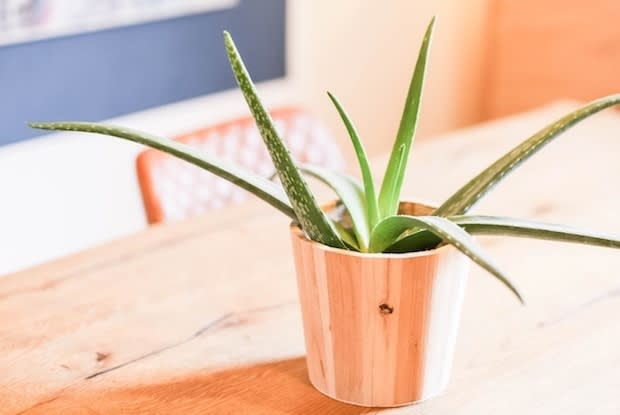Table of Contents
I. Treating an Infection through Diet
II. Topical Ingredients and Remedies
IV. What to Do if an Infection Gets Serious
Fungal skin infections, also known as mycosis, can occur when fungus on your skin multiplies too rapidly. Some of the most common fungal skin infections are athlete’s foot, jock itch, ringworm, and yeast infections. Fungal skin infections aren’t usually serious, but they can be quite uncomfortable to deal with. [1]
Those who are diagnosed may be prescribed Lotriderm cream (clotrimazole/betamethasone), Vermox (mebendazole), Spectazole (econazole), Diflucan (fluconazole), or Oxistat cream (oxiconazole). Fungal skin infections don’t usually develop beyond the skin, so it is fairly safe to try home remedies. There are many naturally occurring ingredients that may improve infected skin, and a healthy diet can strengthen the immune system to fight infection. Read on if you would like to discover natural ways to relieve skin infection symptoms.
To strengthen your immune system against fungal skin infections, you will want to increase your intake of vitamin C. You can accomplish this by adding the following fruits and vegetables to your diet:
Treating an Infection Through Diet
Get savings updates for Diflucan
Studies show that garlic is another great food to eat. Those who eat garlic as part of their daily diet have a lower risk of a fungal skin infection. Ginger can also reduce the risk of a skin condition. Finally, turmeric is an ingredient that has been shown to ease the itchy symptoms of a skin infection. Turmeric can be added to tea, or it can be used as a topical treatment by applying it directly to affected areas. [3]
Topical Ingredients and Remedies
On top of eating foods that boost your immune system, you may also try natural substances that can be directly applied to the infected site. These topical home remedies have anti-fungal properties and can be applied two to three times a day:
Apple cider vinegar: to apply, dip a cotton ball and gently dab the affected area. Apple cider vinegar has lactic, succinic, and acetic acid that prevents bacteria growth, reducing the chances of scarring after the fungal infection clears. [3]
Turmeric: apply turmeric by mixing it into water and dabbing it with a cotton ball. Turmeric contains curcumin, making it an amazing anti-inflammatory. [3]
Aloe vera: treating skin with aloe vera is a remedy as old as time. To apply aloe vera, cut and slice a section and spread its sticky gel onto affected areas. Its anti-microbial properties can help reduce redness, working as a gentle yet effective cleanser. [3] Garlic: apply garlic by first crushing and mixing with a neutral oil to get a paste. Spread this paste and leave it on the skin for 30 minutes. Wash off thoroughly because garlic may have a strong smell. Garlic is one of the most effective anti-fungal herbs in the world. Coconut oil: coconut oil can reduce inflammation and act as a great moisturizer. The saturated fat in coconut oil contains lauric acid, which can take out bacteria, viruses, and fungi. [3] Most essential oils are potent and can have some effect on skin infections. However, the essential oils with the most anti-fungal properties are: These oils are proven to be effective against fungal skin infections because they are rich in thymol, carvacrol, and terpenes; thymol is a proven disinfectant, while carvacrol has high antioxidant properties. Terpenes contain medicinal properties that can reduce inflammation and combat the spread of fungal activity. When trying essential oils, it is important to note that their potency poses an allergy risk. [4] Each type of essential oil is different. Consult your doctor before treating a fungal skin infection with an essential oil. Natural remedies are great ways to treat a fungal skin infection from home. If symptoms of athlete’s foot, jock itch, ringworm, or yeast infection worsen, you may need to talk to your doctor. When treating with natural remedies, symptoms should clear up within two weeks. If your rash spreads, your skin may be reacting adversely to a specific ingredient, and prescription medication may be needed. Ask your doctor about Lotriderm cream (clotrimazole/betamethasone), Vermox (mebendazole), Spectazole (econazole), Diflucan (fluconazole), or Oxistat cream (oxiconazole) if you feel like an infection is getting serious and you’d like to explore other treatment options. The content in this article is intended for informational purposes only. This website does not provide medical advice. In all circumstances, you should always seek the advice of your physician and/or other qualified health professionals(s) for drug, medical condition, or treatment advice. The content provided on this website is not a substitute for professional medical advice, diagnosis, or treatment.
Applying Essential Oils

What to Do if an Infection Gets Serious
